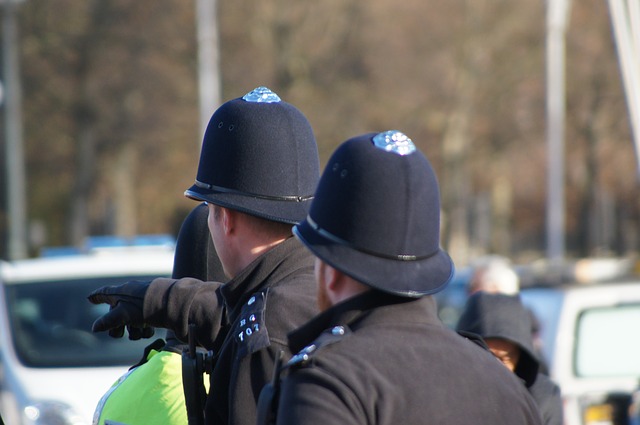Emergency services
Buildings and other features of the built environment such as built infrastructure can present hazardous situations during their construction, operation, special events, maintenance, refurbishment and decommissioning.
It may be appropriate in some of these conditions to develop an emergency plan so that quick and effective action can be taken in the event of an emergency situation arising to ease the severity of that situation and to limit the consequences. An emergency plan establishes agreed, recorded and rehearsed strategies, allowing an effective response. For more information see: Emergency plan.
Amongst other things, it is important to identify on-site and off-site emergency resources that can be called upon if necessary, and estimated response times, based upon distances from fire stations, hospitals, and so on.
On site emergency resources might include:
- Detection and alarm systems.
- Fire extinguishers.
- Spills containment equipment.
- First aid equipment.
- First aiders and other medical or emergency response staff.
Off-site emergency resources will generally include the emergency services. The four main emergency services can be contacted by phoning Emergency Control Centres (ECC) on 999:
- Ambulance service.
- Coastguard.
- Fire and rescue service.
- Police service.
Additional emergency services may also be contacted through Emergency Control Centres on 999:
- Bomb disposal.
- Cave rescue.
- Lifeboat.
- Lowland rescue.
- Mine rescue.
- Moorland search and rescue service.
- Mountain rescue.
- Quicksand search and rescue service.
The 999 number was first introduced in 1937 in central London following a review of a fire on Wimpole Street in 1935 which killed 5 women. It was introduced in other major cities after the Second World War, and by 1976 it covered the whole of the UK. Today the 999 system handles more than half a million calls a week (ref). On receiving a call, the operator will ask ‘Which service do you require”.
In 2009, UK mobile phone networks introduced Emergency Call Roaming so that an emergency call will attempt to use another network if the users network has no signal.
101 can be phoned to contact the Police in non-emergency situations and 111 to contact the NHS in non-life-threatening medical situations. In 1993, 112 was introduced to provide a single number for contacting the emergency services throughout Europe.
As well as emergency response, the emergency services may also:
- Work with local authorities and other agencies such as building control bodies and the Health and Safety Executive (HSE) in relation to issues such as building regulations approvals, licensing, event planning and so on.
- Develop emergency plans.
- Carry out site visits and inspections and advise on safety.
- Carry out investigations following emergencies.
- Undertake enforcement action.
- Undertake promotional and educational activities.
[edit] Related articles on Designing Buildings Wiki
- Alarms.
- Demolition.
- Emergency lighting.
- Emergency plan.
- Emergency signage.
- Evacuating vulnerable and dependent people from buildings in an emergency FB 52
- Fire and rescue service.
- Fire authority.
- Fire marshal.
- Fire.
- First aid.
- Health and safety.
- Health and Safety Executive.
- Health.
- Insurance.
- Licensing.
- Live event production.
Featured articles and news
Infrastructure that connect the physical and digital domains.
Harnessing robotics and AI in challenging environments
The key to nuclear decommissioning and fusion engineering.
BSRIA announces Lisa Ashworth as new CEO
Tasked with furthering BSRIA’s impressive growth ambitions.
Public buildings get half a million energy efficiency boost
£557 million to switch to cleaner heating and save on energy.
CIOB launches pre-election manifesto
Outlining potential future policies for the next government.
Grenfell Tower Inquiry announcement
Phase 2 hearings come to a close and the final report due in September.
Progress from Parts L, F and O: A whitepaper, one year on.
A replicated study to understand the opinion of practitioners.
ECA announces new president 2024
Electrical engineer and business leader Stuart Smith.
A distinct type of countryside that should be celebrated.
Should Part O be extended to existing buildings?
EAC brands heatwave adaptation a missed opportunity.
Definition of Statutory in workplace and facilities management
Established by IWFM, BESA, CIBSE and BSRIA.
Tackling the transition from traditional heating systems
59% lack the necessary information and confidence to switch.
The general election and the construction industry
As PM, Rishi Sunak announces July 4 date for an election.
Eco apprenticeships continue help grow green workforce
A year after being recognised at the King's coronation.
Permitted development rights for agricultural buildings
The changes coming into effect as of May 21, 2024.






















